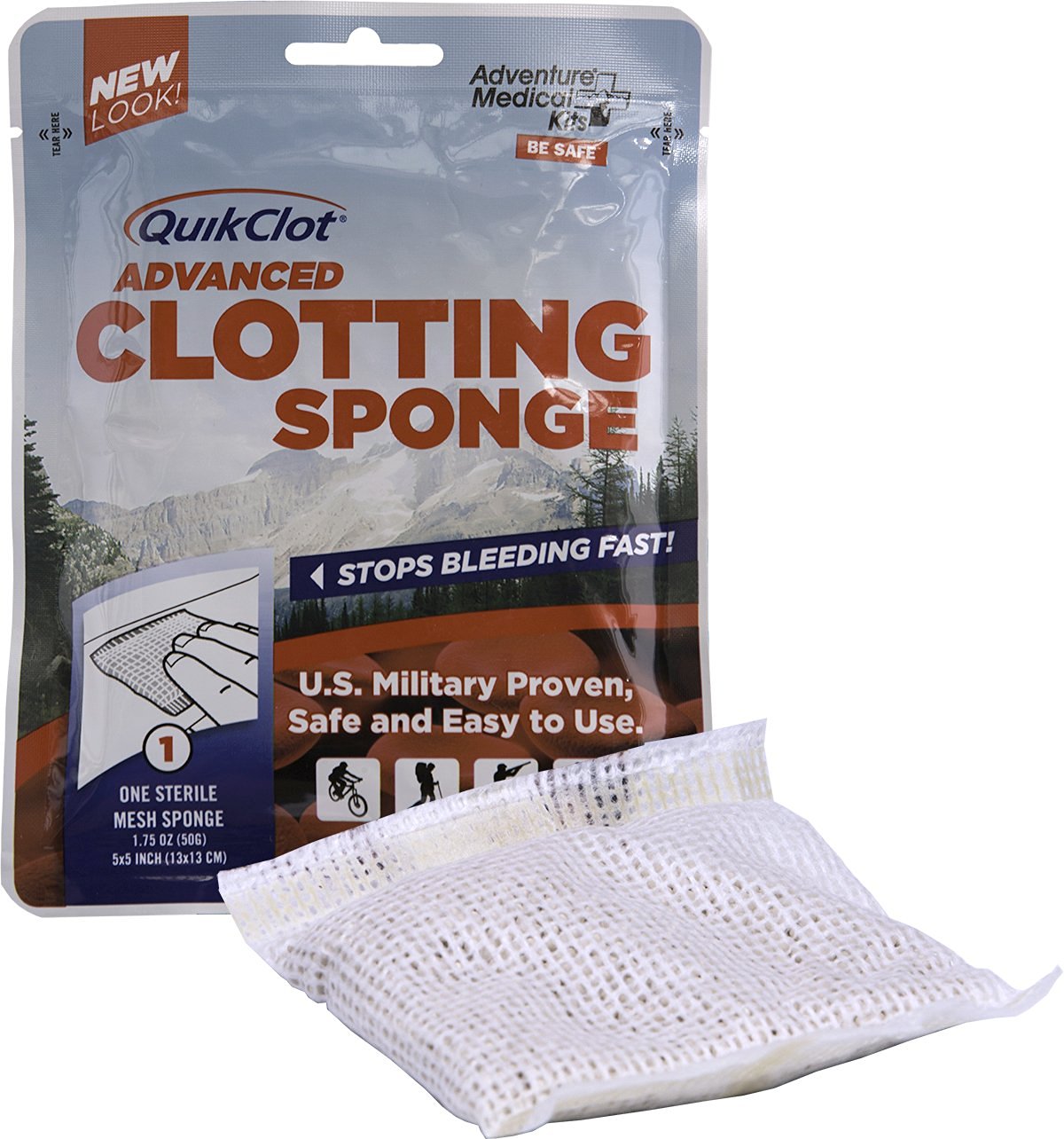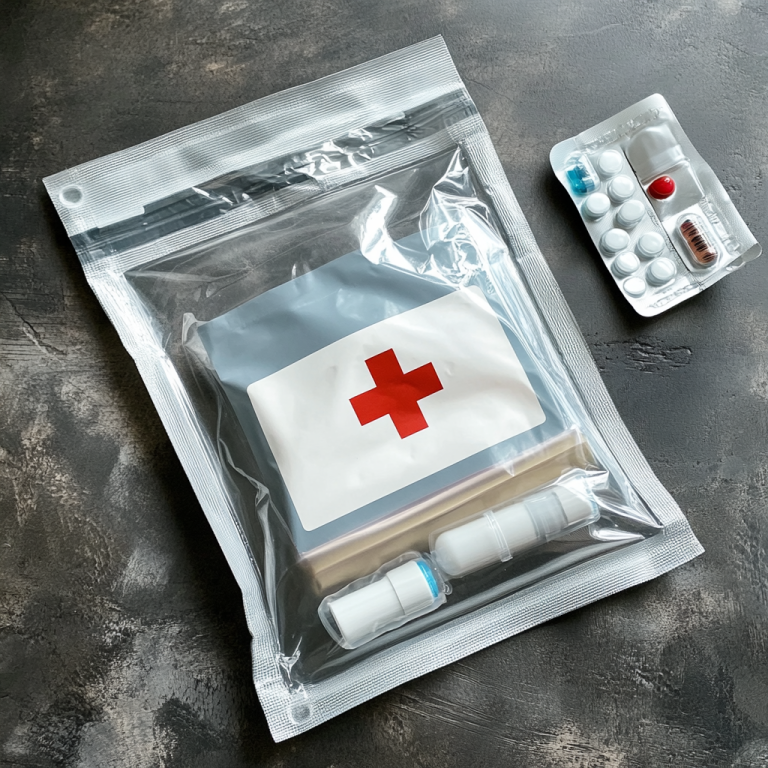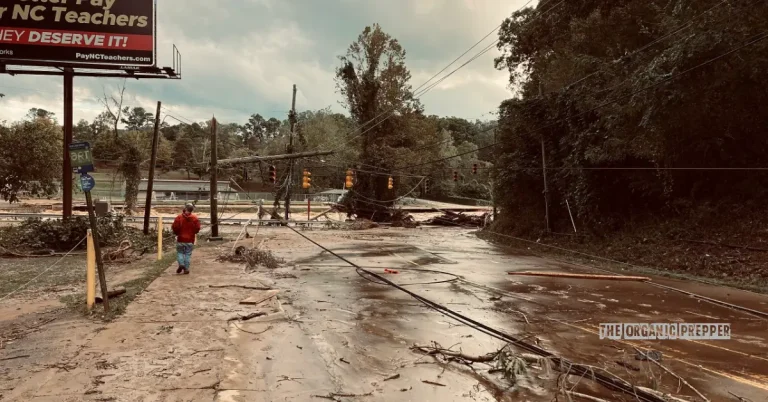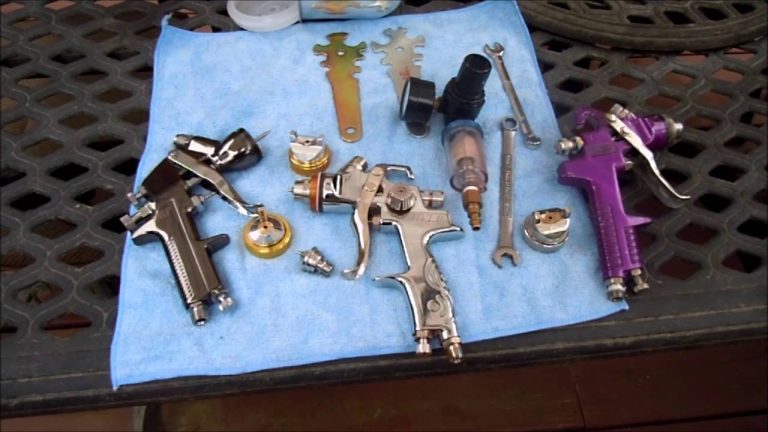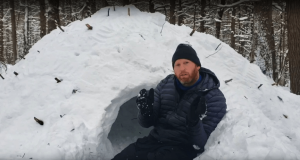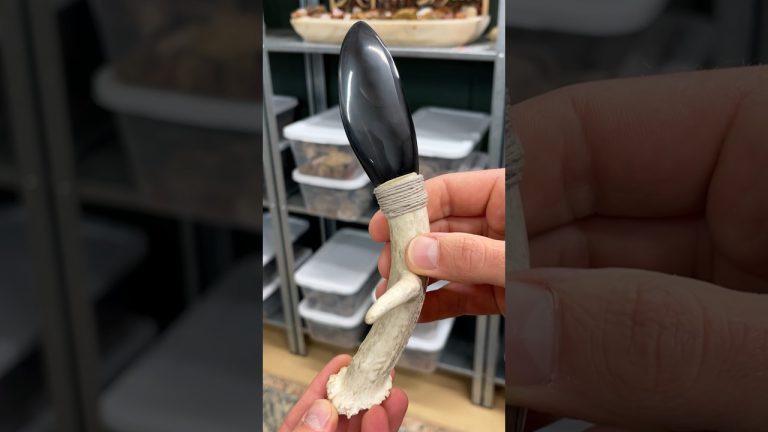Today I’ve got some great information to share with you regarding first aid training as a first responder–after all, we’re ALL first responders–and situational awareness.
For those of you who aren’t aware, typically the term “first responders” is referring to the rescue teams, EMTs or the firefighters or even law enforcement who arrive on the scene in which help is needed. Most often the term refers to those administering medical needs. The term “situational awareness” refers to a person’s ability to be aware of what’s going on around them. I call it being “mentally engaged” though you may hear the oft cited military term “keep your head on a swivel” which means to always be looking around you, being aware of your surroundings.
Today, one of my friends on Facebook shared some wise words that he learned while attending a training conference relating to his profession. He’s also former military and actively works on perfectly his level of preparedness. I found his remarks to be valuable and as such, with his permission, have opted to share them here with a little editing and a few interjections on my part.
In early September of 2016. I only got to sit in on one breakout session while I was there, but it was a really interesting one. The focus of the presentation was on CCAs or Complex Coordinated Attacks; in other words acts of terrorism designed to hit a given area with multiple attacks looking to incite maximum terror. The Paris and Mumbai attacks were discussed at length with many details not readily available to the general public.
The first key take-away that I left with revolved around the many victims of these attacks who probably would have survived with prompt medical attention, but in many cases expired when they bled out. The presenter pointed out that because 1st responders were targeted by supplemental attacks when they responded to the initial attack, rescue and EMT efforts were hindered and greatly slowed. Also, due to the massive numbers of victims in a relatively small area, the 1st Responders and local hospitals were completely overwhelmed. What this means to me is that we all should have the knowledge, and the confidence in that knowledge, to treat wounds and stop the bleeding. To me this would mean more than the very basic 1st Aid provided along with CPR and AED training programs. (AED = Automated External Defribulator) (By the way, I carry a CPR mask on my key chain all the time.) Additionally, this would mean having the means (mental and physical as well as supplies) to quickly stop massive blood loss, suggesting items like “Quick-Clot”, tourniquets, etc. Even common feminine hygiene items can make a significant impact on serious wounds* and help keep the victim alive long enough for professional 1st Responders or medical professionals to care for the victim. Bear in mind that YOU might be the victim in question, and there may not be anyone able to care for you until professional help can arrive, so you may have to treat your own wounds in order to have any chance at survival.
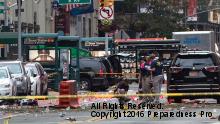
The other key take-away was that while there had been no (acknowledged) CCAs on US soil, other than Sep. 11 2001, it was merely a question of when, not if such attacks would take place here. Imagine my surprise when in the last 36 – 48 hours we have seen no less than 3 attacks in the USA (NJ, NY, and MN). One of which, a knife wielding attacker who injured at least a half dozen people while asking victims if they were Muslims before attacking them and calling out Muslim phrases, has reportedly been claimed by ISIS as one sponsored by them. The other two, both consisting of multiple IEDs (Improvised Explosive Devices), failed to cause the maximum number of intended few casualties as only a single bomb in each attack properly detonated. This caused area searches in both locales (one in NYC and the other in New Jersey) which located additional devices which bomb squads were able to neutralize with no additional casualties. So far there have been no arrests related to these 2 IED attacks and no ISIS claim to them as far as I know.
Obvious questions come to my mind at this point:
- Were all 3 of these intended to be part of a single CCA, or is it coincidence? (UPDATE: NY and NJ attacks WERE coordinated, not coincidental. see http://www.foxnews.com/us/2016/09/19/person-interest-to-named-in-nyc-bombing.html for details)
- Were the 2 IED attacks in New York and New Jersey designed as CCAs that failed or were thwarted somehow? If they were CCAs, were they part of a single coordinated attack or two separate attacks taking place in relative proximity and over a fairly short timeframe?
- Did something happen that disrupted the timing of the attacks, if they were intended to occur in some specific order?
- Are there any other attacks coming in the near future?
Here are some considerations that are going through my head at this time, might be things for you to consider as well:
- How can I carry more 1st Aid materials with me and have them easily accessible?
I almost always have a CPR kit including gloves, a 1 way rescue breathing valve/shield, and not much else. I need to figure out how to carry more on my person. I suppose a small pack wouldn’t look too bizarre, so that might be my best option. I do carry considerable 1st Aid items in my vehicle at all times, but other vehicles I travel in may not be equipped in a similar manner. So a portable pack that travels with me may be my only reasonable solution. - Some items, critical to quickly responding to a post-attack situation, are prohibited in many places. First-aid scissors, knives, etc. are often forbidden in locations commonly used by travelers, tourists, etc. Yet those are often prime terrorist targets. Without these items it could be impossible to quickly remove or cut away clothing obscuring a wound site thus making it hard to identify and treat the source of bleeding. It could also prove impossible to fashion an emergency tourniquet without some kind of cutting tool. This reality must be considered when I decide what I can carry and will almost certainly require me to carry more pre-made items such as tourniquet or splinting materials.
I consider myself to be blessed with good to exceptional situational awareness. But I feel I have to improve upon that if I wish to continue to venture into areas that are preferred targets for those of the terrorist persuasion.
The nature of my job and my volunteer activities will continually expose me to potentially dangerous situations and environments, that’s just the nature of the business. It’s up to me to prepare myself to the best of my ability to be able to respond to whatever happens and to be equipped to deal with it.







